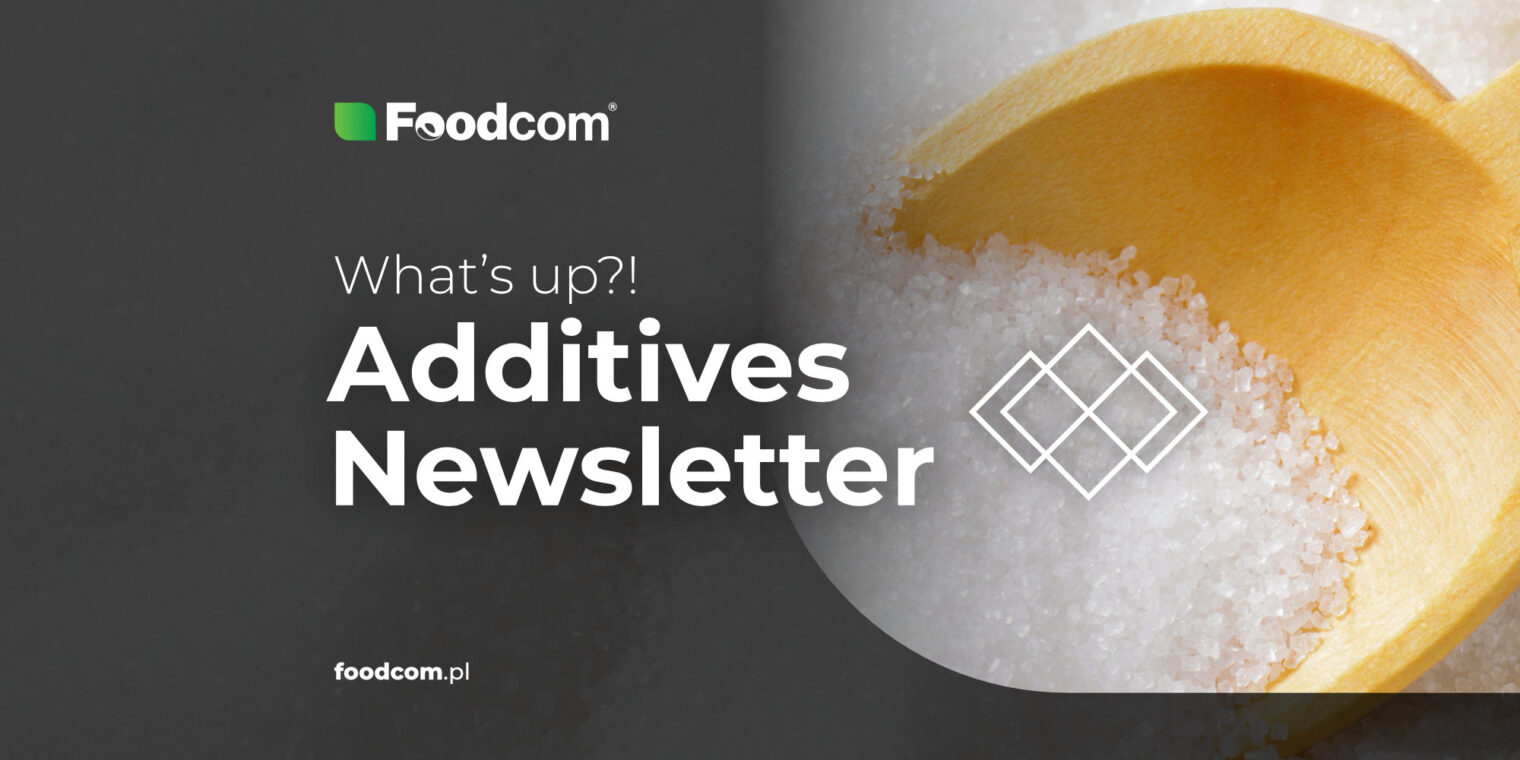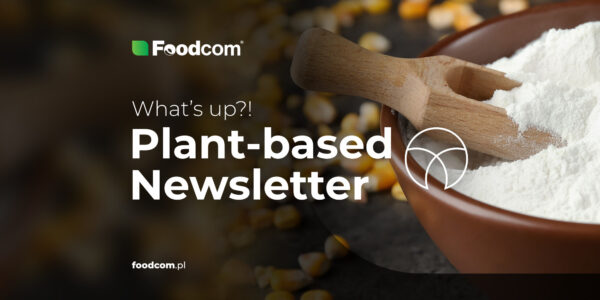Summary
Table of contents
War remains the biggest factor changing the face of the industry.
The rather large Ukrainian market has contributed to a decrease in demand for goods from China. Imports have decreased by about 90%, causing lower demand in Europe further affecting the stock levels of EU traders. As a result, prices for products imported from China continue to fall, therefore we could be approaching another situation of alignment in regard to prices in international markets. Prices may continue to fall for a while, but we need to keep an eye on the upcoming wave of COVID-19, which will very likely lead to another lockdown and thus port closures. So, we could notice another supply chain disruption in the near future affecting the additives market, such as lysine, in such manner, it’s good to pay attention to what the leading manufacturers are offering.
Further, we receive more intriguing news from one of the most important additive markets in the world: Russia will enforce restrictions on the export of feed amino acids. The government has restricted the exports of these commodities, along with, rice, and rice groats from the country, beginning July 1st until the end of this year. The restrictions apply specifically to lysine’s sulfate and monohydrochloride, and DL-methionine. The role of these two countries, Ukraine and Russia is clearly significant, so we keep a wary eye on the extent to which the global market situation will change in the following months.
Continue reading to learn more.
With us, you’ll never miss a thing!
As it looks, MCP prices have more or less stabilized. It is much more stable than in recent months, so feed producers in the market no longer have issues with buying this raw material. The broken supply chain for MCP has been restored, and the price is much more stable at the moment.
Market prices for methionine have remained stable and demand has increased, and some producers have even decided to implement their maintenance plan in August. This week’s data shows that the commodity’s prices in the European market have had a slightly downturned trend. Although the prices have been seen as stable in Eastern Asia, like China for instance. Nonetheless, inquiries for methionine have increased, but attention should be paid to supply shifts.
This week, threonine prices in Europe have shown declines, and in China a rather weakened demand could have been noticed. The Asian market transactions have decreased, and overall it can be concluded that purchasers have shown weakened participation.
In Europe, spot quotations for 98.5% L-Lysine HCL have slightly decreased and for 70% L-Lysine sulfate, these on the other hand have intensified. In the case of the manufacturing market, factory quotations have remained stable, and demand has been dull and willingness to commit reduced. Under the influence of COVID-19, participants should continue to pay attention to quotations of leading producers.
Prices for Citric Acid and Vitamin C products from China are aligning with European products. Manufacturers continue to wait for production increases, along with the looming specter of a recession could contribute to a drop in demand due to production declines.
Contrary to the prevailing opinion that containers will arrive from China, covering the European market, we observe a shortage of the raw material.
The price remains at the same level and the availability of commodities for further processing, it is distinguished that rates are increasing. This means a good time to buy, before the specter of the next COVID-19 outbreak wave.
Rumor has it that due to the low number of calves, there is limited access to raw material for collagen production, which is known to be derived mainly from bovine hide.
As with most sugars, we note that maltitol is in limited supply right now, and new quantities would only arrive toward the end of the vacation season. Sorbitol is available at a good price, but we are not sure what the situation will be in a few months, as large quantities of the product on the European market come to be imported.
The rather large Ukrainian market has contributed to a decrease in demand for goods from China. Imports have decreased by about 90%, causing lower demand in Europe further affecting the stock levels of EU traders. As a result, prices for products imported from China continue to fall, therefore we could be approaching another situation of alignment in regard to prices in international markets. Prices may continue to fall for a while, but we need to keep an eye on the upcoming wave of COVID-19, which will very likely lead to another lockdown and thus port closures. So, we could notice another supply chain disruption in the near future affecting the additives market, such as lysine, in such manner, it’s good to pay attention to what the leading manufacturers are offering.
Further, we receive more intriguing news from one of the most important additive markets in the world: Russia will enforce restrictions on the export of feed amino acids. The government has restricted the exports of these commodities, along with, rice, and rice groats from the country, beginning July 1st until the end of this year. The restrictions apply specifically to lysine’s sulfate and monohydrochloride, and DL-methionine. The role of these two countries, Ukraine and Russia is clearly significant, so we keep a wary eye on the extent to which the global market situation will change in the following months.
Continue reading to learn more.
With us, you’ll never miss a thing!
Monocalcium Phosphate
As it looks, MCP prices have more or less stabilized. It is much more stable than in recent months, so feed producers in the market no longer have issues with buying this raw material. The broken supply chain for MCP has been restored, and the price is much more stable at the moment.
Methionine
Market prices for methionine have remained stable and demand has increased, and some producers have even decided to implement their maintenance plan in August. This week’s data shows that the commodity’s prices in the European market have had a slightly downturned trend. Although the prices have been seen as stable in Eastern Asia, like China for instance. Nonetheless, inquiries for methionine have increased, but attention should be paid to supply shifts.
Threonine
This week, threonine prices in Europe have shown declines, and in China a rather weakened demand could have been noticed. The Asian market transactions have decreased, and overall it can be concluded that purchasers have shown weakened participation.
Lysine HCL
In Europe, spot quotations for 98.5% L-Lysine HCL have slightly decreased and for 70% L-Lysine sulfate, these on the other hand have intensified. In the case of the manufacturing market, factory quotations have remained stable, and demand has been dull and willingness to commit reduced. Under the influence of COVID-19, participants should continue to pay attention to quotations of leading producers.
Citric Acid/Vitamin C
Prices for Citric Acid and Vitamin C products from China are aligning with European products. Manufacturers continue to wait for production increases, along with the looming specter of a recession could contribute to a drop in demand due to production declines.
Xanthan Gum
Contrary to the prevailing opinion that containers will arrive from China, covering the European market, we observe a shortage of the raw material.
Sodium Acid Pyrophosphate/Sodium Triphosphate
The price remains at the same level and the availability of commodities for further processing, it is distinguished that rates are increasing. This means a good time to buy, before the specter of the next COVID-19 outbreak wave.
Collagen
Rumor has it that due to the low number of calves, there is limited access to raw material for collagen production, which is known to be derived mainly from bovine hide.
Sorbitol powder/Maltitol powder
As with most sugars, we note that maltitol is in limited supply right now, and new quantities would only arrive toward the end of the vacation season. Sorbitol is available at a good price, but we are not sure what the situation will be in a few months, as large quantities of the product on the European market come to be imported.
Categories:



![Counterfeit coffee a threat to Brazilian market [World News] Counterfeit coffee a threat to Brazilian market [World News]](https://foodcom.pl/wp-content/uploads/2023/09/Foodcom_World_News_CAT_3-600x300.jpg)



